History Channel (USA) has compiled 7 typical tactics that US presidential candidates have used to convey their messages and create sympathy, attracting more support and votes from voters.
Movement song

Songbooks of 19th-century US presidential campaigns to promote positive images of candidates. Photo: History
The 1840 White House race was the first modern election, filled with catchy slogans and vibrant campaign songs revolving around the candidates.
The candidates for the 1840 US presidential election were Democrat Martin Van Buren and Whig William Henry Harrison (1834–1854). The Democrats tried to portray Harrison as a man who drank hard cider and lived in a log cabin.
Meanwhile, the Whigs built Van Buren into the role of “Van Ruin,” a wealthy, lonely aristocrat. In reality, Harrison was the son of an old, well-to-do Virginia family, while Van Buren grew up in poverty.
“It’s a perfect example of attaching campaign slogans and images to candidates that in this case really don’t match at all,” said Claire Jerry of the Smithsonian’s National Museum of American History.
“The Harrison Song,” a song from Harrison’s 1840 campaign, celebrated him as both a farmer and a great general. The song, titled “The Farmer of North Bend,” imagined Harrison as a farmer knocking on the doors of the powerful in Washington, D.C. Ultimately, Harrison won the election and became the ninth President of the United States.
The most popular campaign song of 1840 was “Tippecanoe and Tyler Too!” which featured Harrison as the hero of the Battle of Tippecanoe (1811) and his running mate John Tyler. The song’s title was also turned into a campaign slogan.
There are many other examples of candidates deliberately using campaign songs for political purposes. The campaign songs for the second term of the 18th President of the United States, Ulysses S. Grant, were titled “Grant Boys of 72,” “Shout Then for Liberty and Union,” “Grant’s Our Banner Man,” and “Grant Campaign Song.” All evoked the feelings of the Union victory led by General Ulysses S. Grant in the American Civil War (1861-1865). And the main mission of the election period that year was to build a peaceful and unified America.
Some campaign songs even become associated with candidates long after their election. In 1992, Bill Clinton used Fleetwood Mac’s “Don’t Stop” as his campaign song. The song has continued to be associated with Clinton, playing before his public appearances in 2012. Fleetwood Mac performed the song at Clinton’s 1993 inauguration.
Cigarette
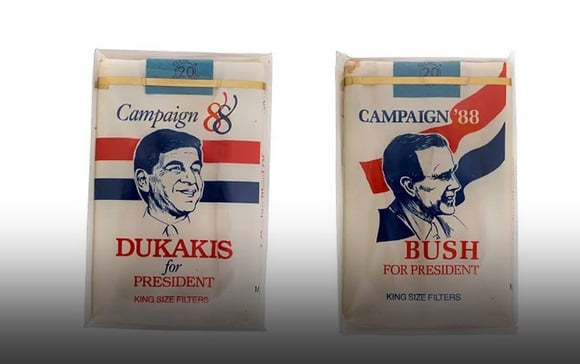
Cigarette packs with pictures of candidates from the 1988 election. Photo: History
In the 19th century, cigar boxes were one of the most widely used campaign advertising materials. Smoking and cigars were an important part of everyday life in 19th century America.
Republican candidate Benjamin Harrison's 1888 campaign distributed wooden cigarette cases. Congressman Henry Clay, who ran three times in 1824, 1832, and 1844, introduced a pipe with his portrait engraved on it. William Howard Taft's 1908 campaign included a giant 9-inch cigar emblazoned with his face.
As Americans switched from cigars to cigarettes in the 20th century, tobacco companies produced special election-year packs of cigarettes for each candidate. Tobacco stores often sold these packs and tracked sales as an unofficial “polling” of sorts.
“When Dwight D. Eisenhower ran against Democratic candidate Adlai E. Stevenson in 1952, stores displayed these two cigarettes and said, ‘Based on sales, we predict that Dwight D. Eisenhower will win,’” Jerry said. And as a result, Dwight D. Eisenhower won overwhelmingly and became the 34th president of the United States.
Despite the obvious health effects of smoking, election campaign-themed cigarettes remained sold and distributed across the United States until the 1988 election between George H. W. Bush and Michael Dukakis.
Brooch
Campaign pins are one of the most popular and mass-produced forms of these events.
Supporters of America's first president George Washington showed their loyalty by sewing commemorative brass buttons onto their jackets.
“The original campaign pins were metal buttons,” Jerry says. “That stuck around for a while. We continued to use the word button even after the lapel pin version evolved.”
The first modern campaign pins appeared in 1896 and were made from a new material called celluloid – the first chemically produced plastic.
In the 1870s and 1880s, some plastic pins even had the candidate’s face printed on them. In the 1890s, a new manufacturing method was patented. The manufacturer used a thin sheet of celluloid to cover the printed image on paper. These were wrapped around a metal plate with a pin on the back. With this new, cheaper manufacturing process, the modern campaign pin was born. It is essentially the same process used to produce campaign pins today.
Affiliate products
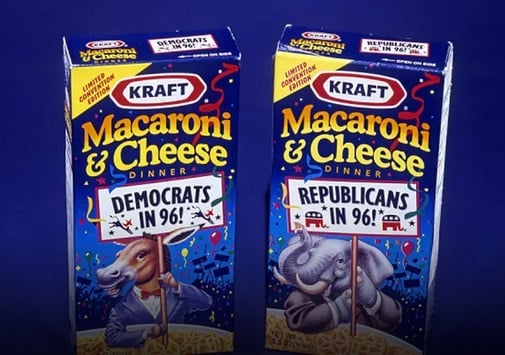
Kraft's special macaroni and cheese box from 1996. Photo: History
In 1996, the Kraft Corporation produced special boxes of macaroni and cheese to be distributed at that year's Republican and Democratic National Conventions. The regular noodles were replaced with noodles shaped like donkeys or elephants.
But it wasn’t the first time an American manufacturer had tried to market its products to voters in both parties. Even small-scale manufacturers got in on the act, like the 19th-century hardware store that sold stylish belt buckles to both candidates in 1888.
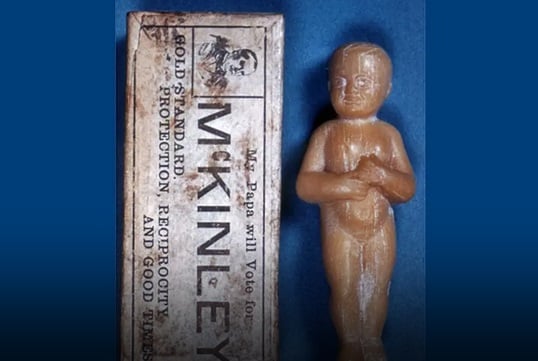
Jergens baby soap. Photo: History
One of the strangest tie-ins was the Jergens baby soap. It came out during the 1896 election. The race was between Republican William McKinley and Democrat William Jennings Bryan. In 1896, soap companies like Jergens wanted to show that new manufacturing technology allowed them to create soap in all shapes and sizes, rather than just bars. And they chose to create baby soap.
The soaps were packaged in boxes with small cards that read “My Dad Gives Free Silver!” or “My Dad Supports the Gold Standard!” This was a reference to candidate Bryan’s campaign to abandon the gold standard in favor of an economic plan called “free silver.”
Car stickers
Car stickers are a product of modern campaigning. In the 1920s and 1930s, car owners would display their political allegiance by attaching metal signs to their license plates and bumpers.
Franklin D. Roosevelt supporters were so devoted to their candidate that they drilled holes in the front bumpers of their cars to permanently attach a metal plaque reading “ROOSEVELT.”
The first modern car stickers were sold after World War II thanks to improvements in plastics and adhesives.
Toy
Children can't vote, but that doesn't stop campaigns from trying to appeal to the "child" in every voter with toys and games centered around candidates.
Grover Cleveland's 1888 re-election campaign produced a special deck of cards. Cleveland was the first president to marry while in office, and his beautiful young wife Frances was a famous 19th-century woman. Cleveland's re-election campaign capitalized on America's admiration for the first lady by printing a deck with Frances on the queen cards, Cleveland on the king cards, and a series of ministers on the other cards.
During the 1960 election, candidate Richard Nixon’s campaign distributed a special version of a popular children’s toy called a clicker. The small, handheld toys made a clicking sound. The Nixon campaign even came up with a catchy slogan and song to go with the toy, called “Click with Dick.”
TV advertising
Today, candidates and their donor networks routinely spend billions of dollars on television and internet advertising. But in the early days of television, not all candidates understood the power of this medium.
The 1952 election between Dwight D. Eisenhower and Adlai Stevenson was the first time candidates used television advertising. By 1952 there were tens of millions of television sets across the United States.
But instead of airing a 60-second commercial, Stevenson’s campaign ran a 30-minute “infomercial,” in which the candidate explained his policy positions to voters. Because Stevenson’s campaign didn’t want to pay much for the format, the “infomercial” aired late at night when viewership was low.




![[Photo] National Assembly delegates visit President Ho Chi Minh's Mausoleum](https://vphoto.vietnam.vn/thumb/1200x675/vietnam/resource/IMAGE/2025/5/5/9c1b8b0a0c264b84a43b60d30df48f75)
![[Photo] Solemn opening of the 9th Session, 15th National Assembly](https://vphoto.vietnam.vn/thumb/1200x675/vietnam/resource/IMAGE/2025/5/5/ad3b9de4debc46efb4a0e04db0295ad8)


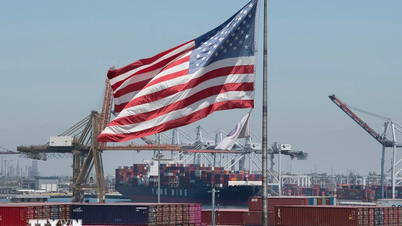






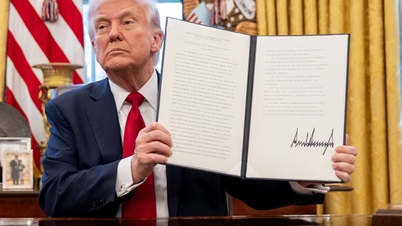






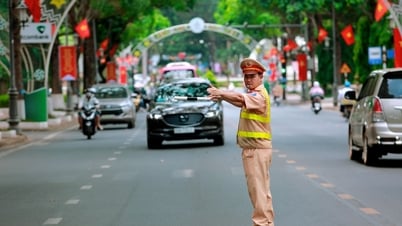

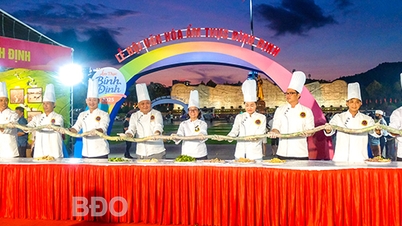







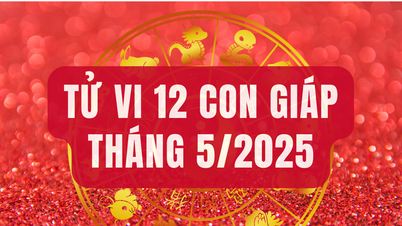
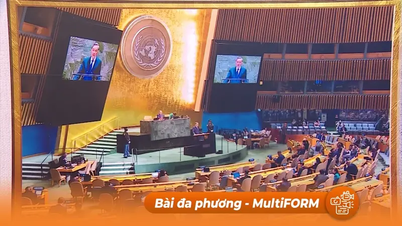

![[Photo] Vietnam shines at Paris International Fair 2025 with cultural and culinary colors](https://vphoto.vietnam.vn/thumb/1200x675/vietnam/resource/IMAGE/2025/5/4/74b16c2a197a42eb97597414009d4eb8)
![[Photo] Bus station begins to get crowded welcoming people returning to the capital after 5 days of holiday](https://vphoto.vietnam.vn/thumb/1200x675/vietnam/resource/IMAGE/2025/5/4/c3b37b336a0a450a983a0b09188c2fe6)
![[Photo] General Secretary To Lam receives Sri Lankan President Anura Kumara Dissanayaka](https://vphoto.vietnam.vn/thumb/1200x675/vietnam/resource/IMAGE/2025/5/4/75feee4ea0c14825819a8b7ad25518d8)
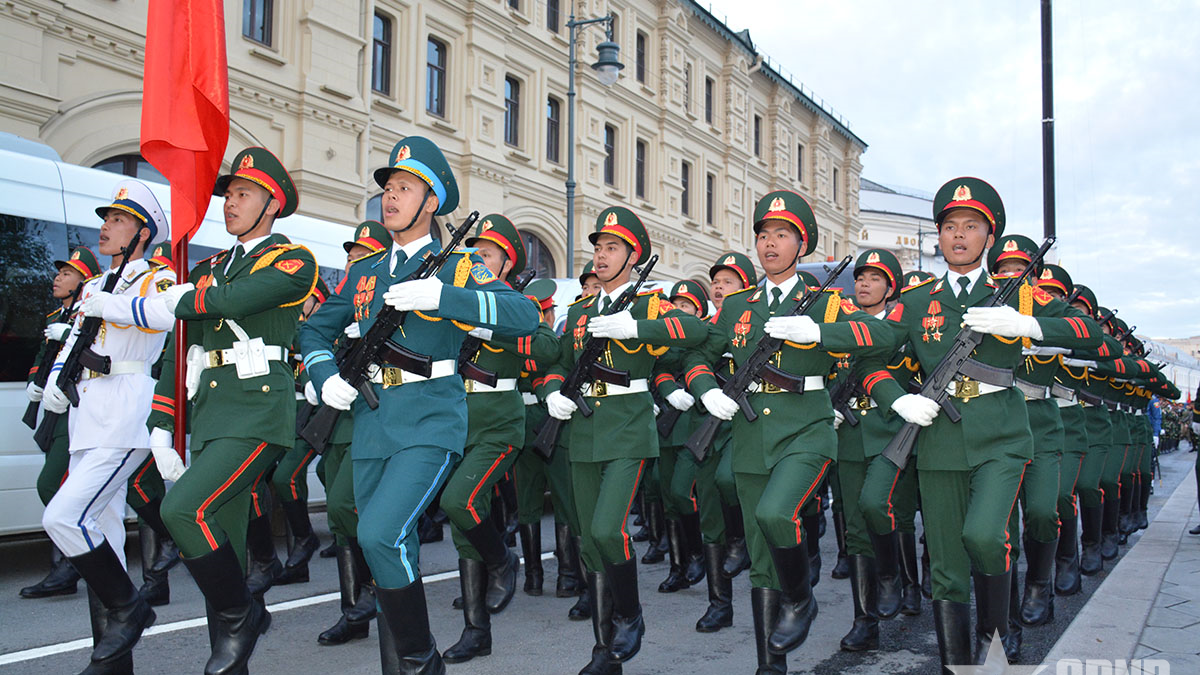


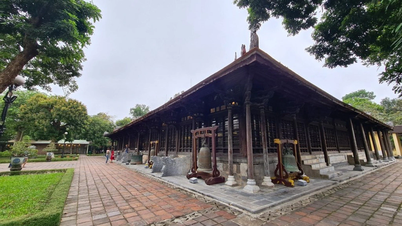



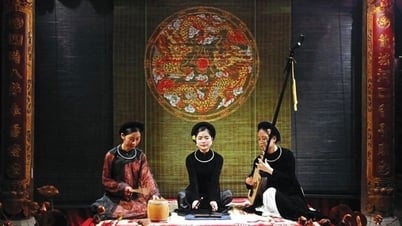




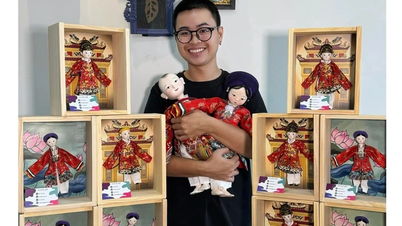



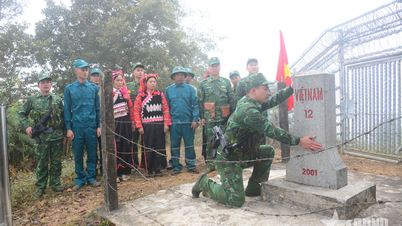






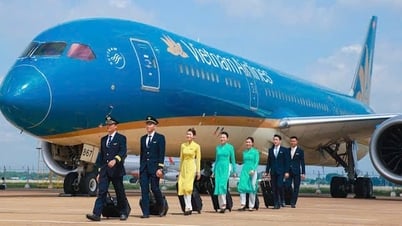

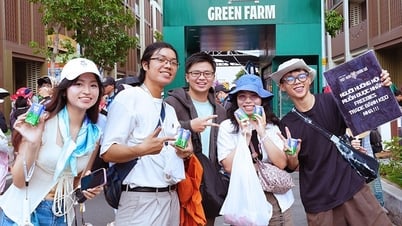



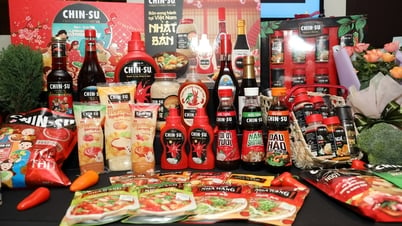
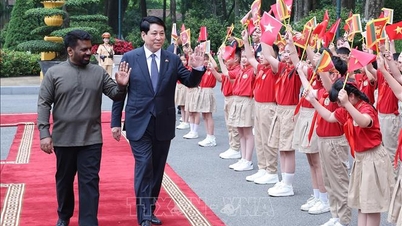

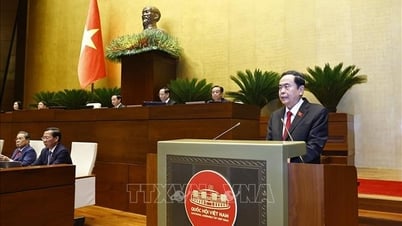

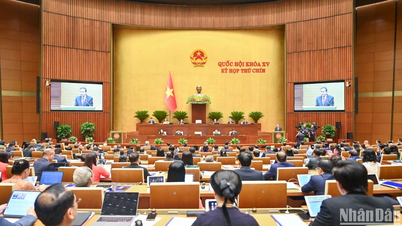


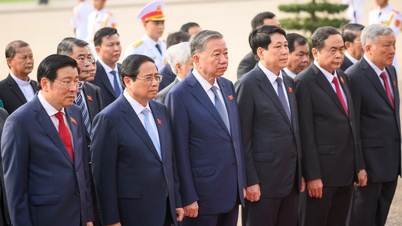
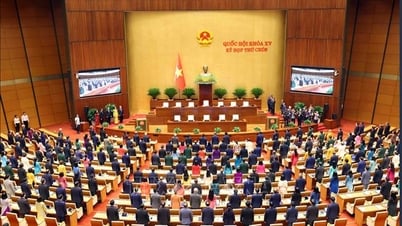







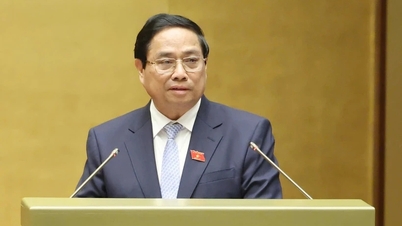






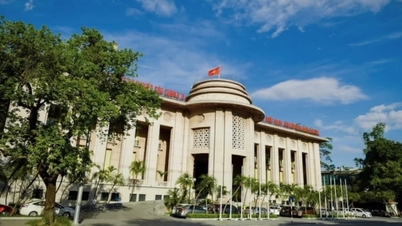
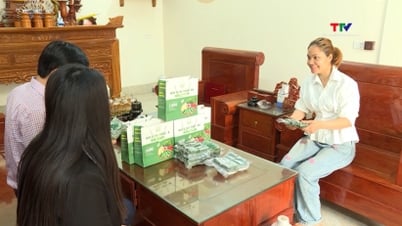











Comment (0)